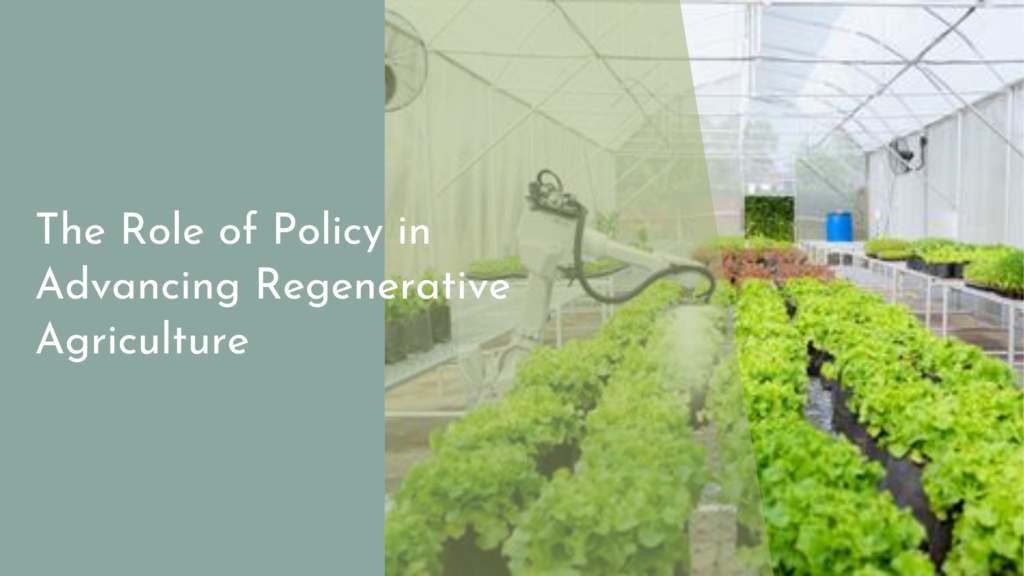The Role of Wetlands in Natural Pest Management
Wetlands, often overlooked for their humble appearance, play an extraordinary role in maintaining ecological balance. These vibrant ecosystems, teeming with life, act as natural pest control agents, providing a haven for a multitude of species that contribute to pest management. In an era where chemical pesticides pose threats to our environment, understanding the functions of wetlands in pest control is more crucial than ever. Let’s dive into the wonderful world of wetlands and uncover how they help manage pest populations while supporting biodiversity!
Discovering Wetlands: Nature’s Pest Control Heroes!
Wetlands are unique ecosystems characterized by the presence of water, either permanently or seasonally, creating an environment that supports a diverse array of flora and fauna. These environments include marshes, swamps, and bogs, and they serve as critical habitats for various organisms, including insects, birds, and amphibians. Wetlands play an essential role in filtering pollutants, retaining water, and providing a buffer against flooding, making them invaluable to both human society and the natural world.
What’s even more exciting is that wetlands act as natural pest control heroes! By offering a habitat for predatory species, such as dragonflies and frogs, they help keep pest populations in check. These predators feed on insects that would otherwise wreak havoc on crops and gardens, allowing for a more balanced ecosystem. In this way, wetlands contribute to pest management while enhancing the health of surrounding agricultural lands.
How Wetlands Support Biodiversity and Balance Pest Populations
Biodiversity is a key aspect of wetland ecosystems, as they support a myriad of plant and animal species. This variety creates a dynamic food web where different organisms interact, ensuring that no single pest species can dominate. For example, when a specific pest population begins to increase, natural predators in the wetland can swiftly respond, controlling the pest population and preventing it from causing damage to crops and gardens.
Moreover, wetland plants, such as cattails and reeds, also play a role in pest management. Many of these plants are home to beneficial insects that help pollinate crops and prey on harmful pests. The diverse plant life in wetlands fosters a healthy habitat for these beneficial organisms, which not only aids in controlling pest populations but also enhances the overall productivity of agricultural systems.
The Magic of Wetlands: Natural Allies Against Pests
The magic of wetlands lies in their ability to function as natural allies against pests. By providing habitats for a variety of predators, wetlands ensure an ongoing balance between pests and their natural enemies. For instance, the presence of wetland areas can significantly reduce the population of mosquitoes, as many predatory fish and amphibians thrive in these environments. This natural control reduces the need for chemical interventions, promoting a healthier ecosystem.
In addition to their role in pest control, wetlands also help in maintaining water quality by filtering nutrients and pollutants. This means that not only do they manage pests, but they also contribute to the overall health of the environment. Healthy wetlands directly correlate to healthier agricultural practices, resulting in the production of crops that are less reliant on chemical pesticides, thus benefiting both farmers and consumers.
Embracing Wetlands: A Sustainable Approach to Pest Management
Embracing wetlands as a natural solution to pest management is an increasingly sustainable approach in agriculture. By incorporating wetland ecosystems into farming practices, farmers can create a more resilient agricultural landscape. This approach encourages practices such as building buffer zones of wetlands around fields, which can enhance biodiversity and support beneficial predator populations. Such integration can lead to healthier crops and reduced pest pressure without the reliance on harmful chemicals.
Furthermore, conserving existing wetlands and restoring degraded ones can provide long-term benefits for pest management. As awareness of the importance of wetlands grows, more individuals and organizations are advocating for policies that protect these vital ecosystems. By recognizing the role wetlands play in pest management, we can work towards sustainable agricultural practices that benefit both our food systems and the environment.
Wetlands are indeed nature’s unsung heroes in the realm of pest management! By supporting biodiversity and creating a balance between pests and their natural predators, these ecosystems provide invaluable services that contribute to sustainable agricultural practices. As we continue to learn about the interconnectedness of nature, it becomes clear that preserving and embracing wetlands is not just beneficial, but essential for a healthier planet. Let’s celebrate and protect our wetlands, ensuring they continue to thrive as our natural allies against pests for generations to come!


